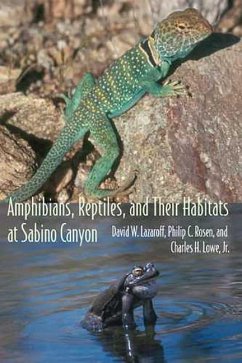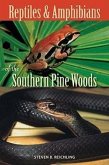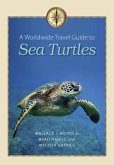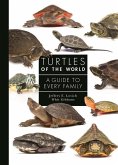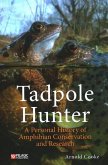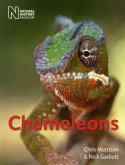Even in paradise, one needs to be mindful of what's underfoot. The Sabino Canyon Recreation Area is a desert oasis in the Santa Catalina Mountains north of Tucson, a rich repository of wildlife and a favorite destination for Tucsonans and visitors for more than a century. This book presents annotated and illustrated descriptions of the amphibians and reptiles found at Sabino Canyon and an overview of their natural environment. Representing a study spanning nearly twenty-five years, it documents their present and past distribution and examines environmental and herpetofaunal change due to physical, biological, and human impact on species and habitats. In this first publication to describe Sabino Canyon's biota in scientific detail, three expert authors pool their knowledge to provide a detailed discussion of ecological change--especially as a consequence of drought, flooding, the introduction of exotic species, and direct human impact. Suburbia has arrived on the canyon's doorstep, and human visitation has soared, inalterably affecting the area. Of particular concern, breeding habitats for amphibians were profoundly altered by flash flooding in Sabino's streams following the 2003 Aspen Fire, which ravaged large parts of the Santa Catalina Mountains. The book contains richly detailed accounts of the 57 species found at Sabino--25 snakes, 17 lizards, 8 toads and frogs, 6 turtles, and 1 salamander--emphasizing their local ecology and the behavior likely to be witnessed by visitors. Physical descriptions and numerous photographs--many in color--facilitate identification. Up-to-date distribution maps provide an essential baseline against which future researchers can measure change.

